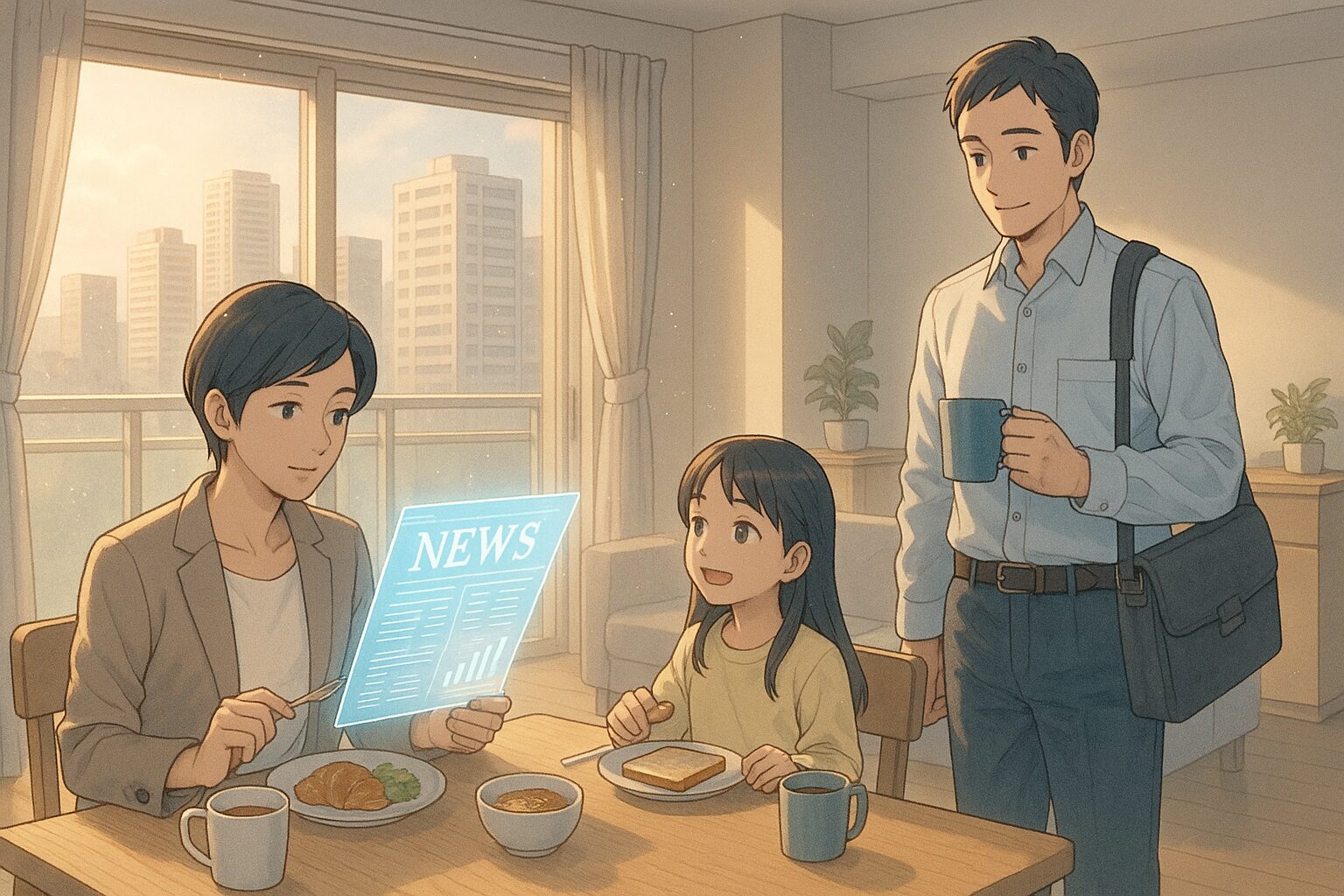What if Women Lose the Freedom to Choose Medical Care?
Recently, the strict abortion laws in Texas have stirred controversy. If these laws continue, what impact will they have on women’s health and lives? This article explores those possibilities.
Today’s News: What Is Happening?
Source:
https://www.cbsnews.com/news/doctors-say-texas-strict-abortion-laws-put-pregnant-women-and-physicians-at-risk-60-minutes-transcript-2025-06-15/
Summary:
- The strict abortion prohibition laws in Texas are making it difficult for women to access quality reproductive health services.
- Doctors warn that the ambiguity of the laws is dangerous.
- Due to restrictions, women are forced to travel to other states.
Shifts in Context
① Adult Perspective
The current issue stems from the legal system and the structure of medical service provision. Laws that limit the options for pregnant women create disparities in medical access depending on the region. Furthermore, doctors continue to assume risks due to the ambiguity in the laws.
② Child’s Perspective
This issue affects the choices of families and the adults around them. For example, because treatment is unavailable at a nearby hospital, one might need to travel far away. This can lead to missed days at school or family members being away for long periods.
③ Parent’s Perspective
As parents, we are challenged to teach our children about health and the freedom to choose. Instead of waiting for laws to change, it’s crucial to gather information and empower our children with knowledge about their own bodies. It may be time for us to reflect on our own actions and attitudes.
What Will the Future Hold If This Continues?
Hypothesis 1 (Neutral): A Future Where Restricted Medical Choices Become the Norm
- Women will normalise receiving medical services within limited options.
- Travel to remote locations will increase, widening healthcare disparities.
- Individual perspectives on healthcare will shift, heightening self-defense awareness.
Hypothesis 2 (Optimistic): A Future Where Medical Technology and Knowledge Advance Significantly
- Legal restrictions may spur new medical technologies and the proliferation of online support.
- Knowledge sharing will progress, allowing women to make more independent choices.
- The digitization of healthcare will advance, improving access equality.
Hypothesis 3 (Pessimistic): A Future Where Women’s Health Declines
- Inability to receive appropriate medical care will lead to increased health issues.
- A sense of anxiety may spread throughout society, potentially damaging trust.
- Personal values may become isolated, leading to a loss of the spirit of mutual assistance.
Questions for Family Discussion (Tips for Parent-Child Dialogue)
| Example Questions | Purpose |
|——————-|——–|
| If new medical technology becomes accessible, how would you like to use it? | Imagination & Learning Design |
| When family members face medical challenges, how would you like to support them? | Social Participation Reflection & Empathy |
| When it’s necessary to travel to a distant hospital, what fun strategies could we use? | Problem-Solving Skills & Reverse Thinking |
Conclusion: Preparing for the Future and Making Choices Today
What kind of future have you envisioned? Please share your thoughts through social media quotes or comments. Our choices shape the future.


